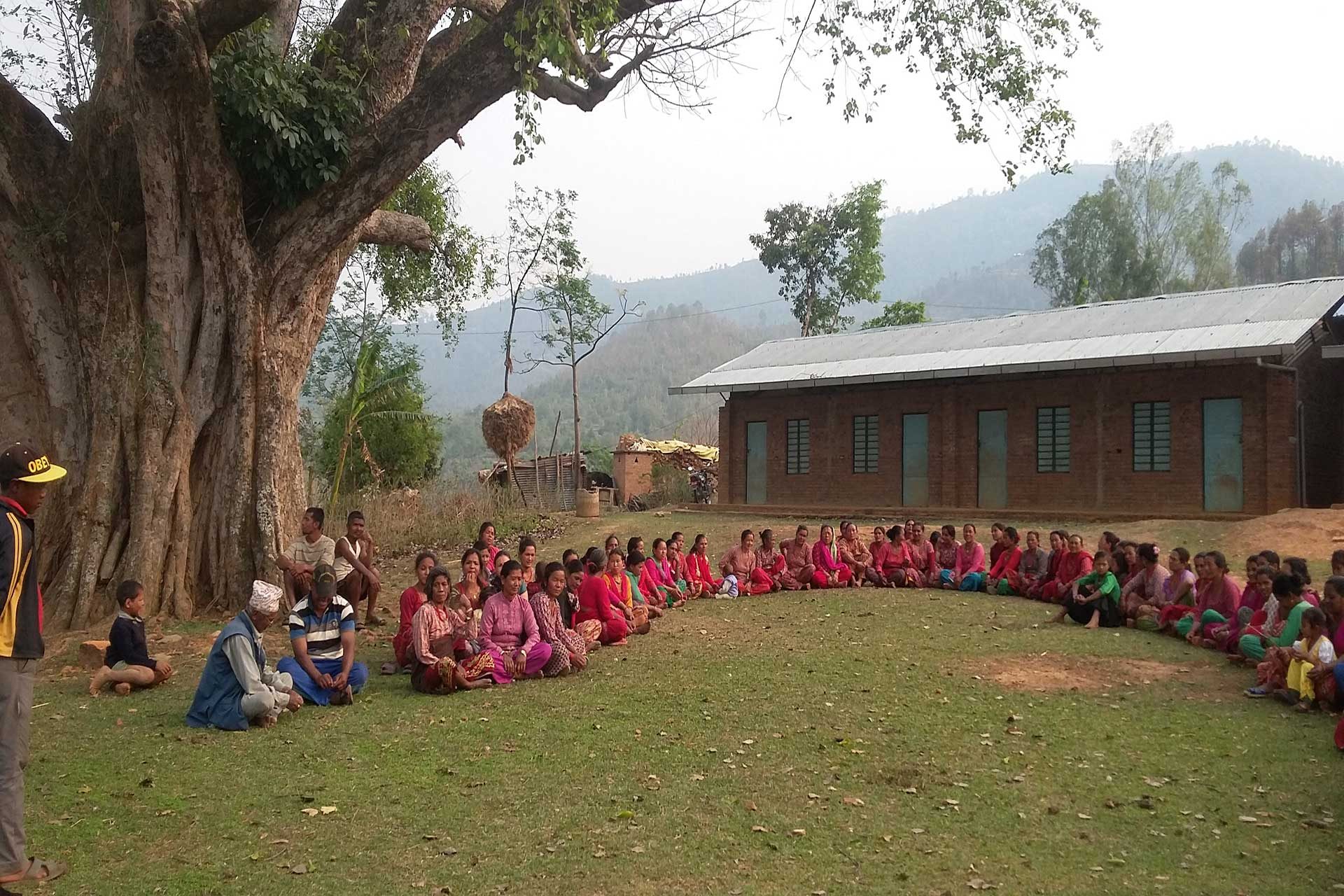REACHING OUT TO THE GOAT FARMERS TRAININGS

One of the core components of Worldwide Goat Projecr Nepal is working with the village goat farmer to help increase their yearly income. This is done by teaching low or no cost sustainaable best practices that can easily be inroduced in Nepal. This focus has a two fold goal. One is to aid those farmers currently living in Nepal and the second one is to reduce the number of young Nepalis having to leave the country and work abroad to earn a liveable wage which is then partially sent home to the seperated family structure. Having more healthy, productive goats raised in Nepal will reduce the number of imported goats from India and China during fesrival seasons.This will not only raise the income levels of current farmers but also provide a viable income level for future young goat farmers who would have otherwise been forced to travel abroud.
There have been several ways these trainings have been conducted over the years. Daniel has visited villages on his own such as in Pokhara, Ghachok, Gorka, Bhumimata, and Jyamrung, to mention a few. He has then conducted trainings with the local farmers, distributing small items such as hoof trimmers, castrators with banders, medicines, and also young female goats to the farmers in need that attended the session. Most importantly he provide them with knowledge so they are empowered to raise healthier animals, even in his absense.
Another way this interaction takes place is through his work at the National Goat Research Program in Bandipur. The core purebred Saanen herd is housed here and many hundreds of farmers and youth visit the site each month. By having NGRP following the best practices taught by Daniel there, those practices are seen and replicated quickly out to other areas of Nepal. This is the site where he introduced goat cheese making to help promote the benefits of Saanen breed of goats to Nepal.
And the final way these interactions with the farmers takes place is when Daniel is requesrted by the Farmer-to-FarmerUSAID program to provide field trainings. There have been four occasions over the past five years for this to take place, in Surkhet, twice at NGRP, Bandipur, and once at a number of individual farms in or near Pokhara, Chitlang, and Syangja.

